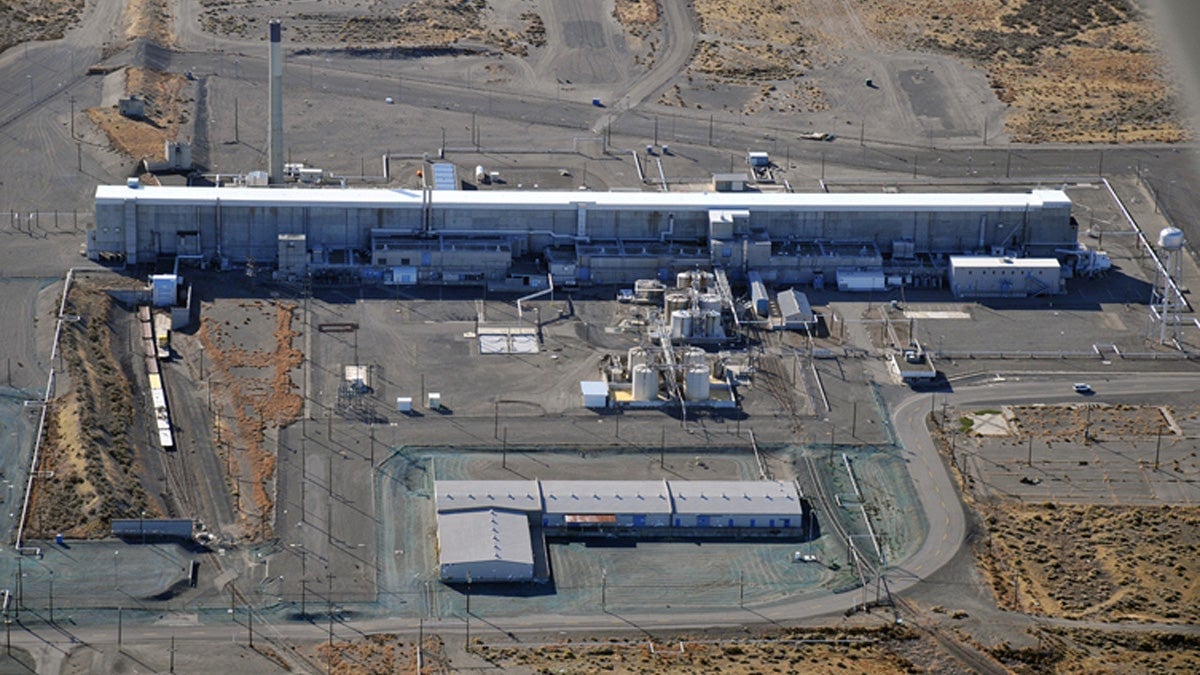Workers at a massive US nuclear waste facility are taking shelter after a tunnel collapsed
The US department of energy (DOE) has declared an emergency after a tunnel collapsed at the Hanford Nuclear Reservation, a huge facility in Washington state that stores 53 million gallons (200 million liters) of radioactive waste.


The US department of energy (DOE) has declared an emergency after a tunnel collapsed at the Hanford Nuclear Reservation, a huge facility in Washington state that stores 53 million gallons (200 million liters) of radioactive waste.
The tunnel contains highly contaminated materials, including railroad cars that were used to transport nuclear fuel rods, according to local news broadcaster King TV. It is quite some distance from the site’s 177 underground storage tanks.
The emergency protocol, which first began as evacuation of nearby areas, has now been extended to cover the entire 586 sq. mile (1,500 sq. km) site—an area half the size of the state of Rhode Island—which also includes a famous observatory set up to detect gravitational waves. The DOE said there was “no indication of worker exposure or an airborne radiological release.”
“Whenever there is disturbance of this kind at a nuclear waste site, it’s always a matter of concern,” said Laura Skelton, executive director of Physicians for Social Responsibility (PSR), a group involved in educating the public about nuclear waste. The tunnel that likely collapsed is about 100 meters long and about 6 meters in diameter.
“We overheard first responders talking about radioactivity on the police scanner but do not know for sure what if any contamination has been released,” said Liz Mattson of Hanford Challenge, a group that advocates for more transparency in clean-up activities on the highly polluted site.
For decades the US has struggled to dispose of tons of nuclear waste it has produced from weapons and power generation, but a series of setbacks have stopped the creation of a dedicated nuclear waste site in Nevada. Instead, a large amount of the waste has been parked in Hanford, situated on the Columbia River about 200 miles east of Seattle, where 67 metric tons of plutonium were produced for nuclear weapons during the Cold War.
Hanford is “the world’s largest environmental cleanup project,” according to PSR. The budget for Hanford is about $2.3 billion this year, of which about $1.5 billion goes to managing the millions of gallons of radioactive waste. That’s a substantial chunk of the $5.6 billion that the DOE has requested from the Trump administration towards environmental management.
Energy secretary Rick Perry was asked by a Washington senator about Hanford during his confirmation. ”I’m committed to working with you and prioritizing what is one of the most dangerous, most polluted sites that we have in this country.”